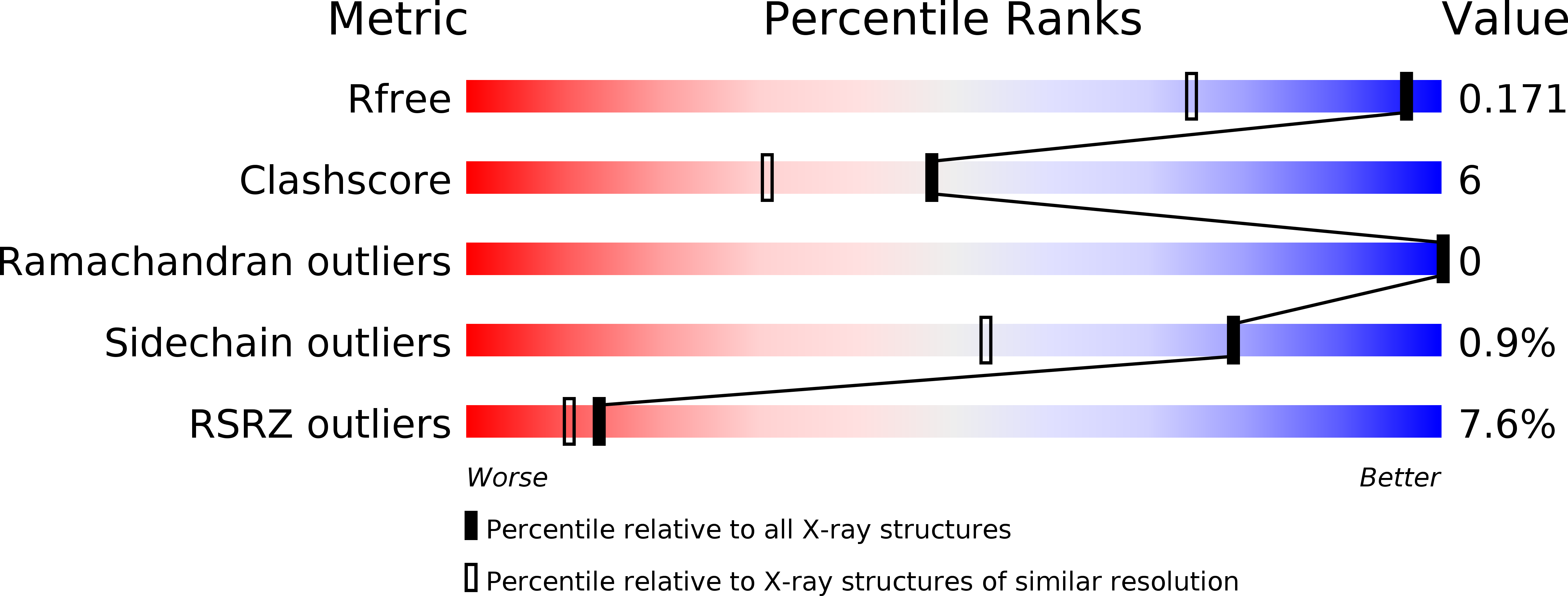
Deposition Date
2005-11-28
Release Date
2006-01-17
Last Version Date
2023-08-23
Entry Detail
PDB ID:
2F69
Keywords:
Title:
Ternary complex of SET7/9 bound to AdoHcy and a TAF10 peptide
Biological Source:
Source Organism:
Homo sapiens (Taxon ID: 9606)
(Taxon ID: )
(Taxon ID: )
Host Organism:
Method Details:
Experimental Method:
Resolution:
1.30 Å
R-Value Free:
0.17
R-Value Work:
0.14
R-Value Observed:
0.15
Space Group:
P 32 2 1


